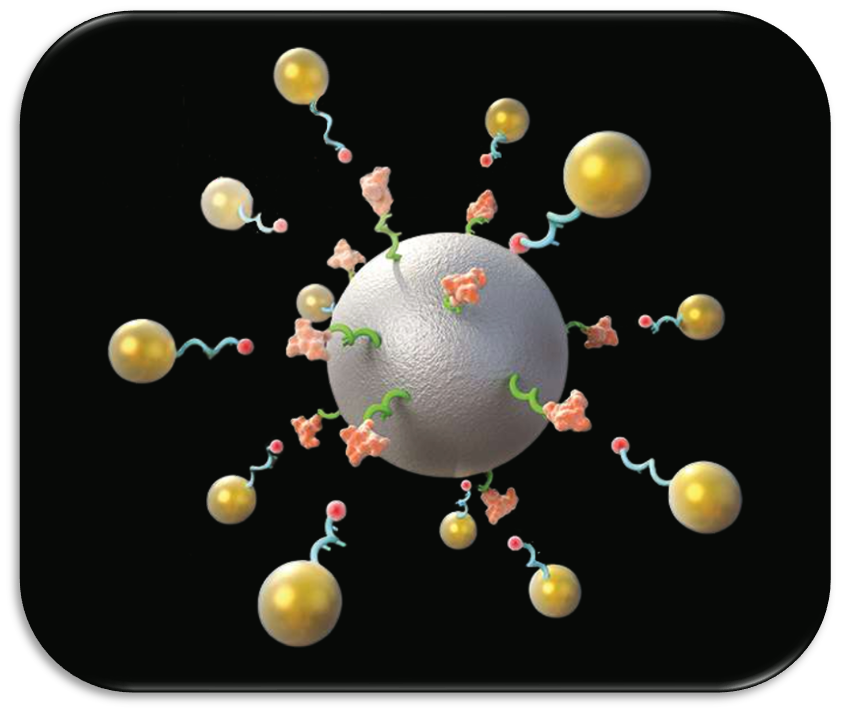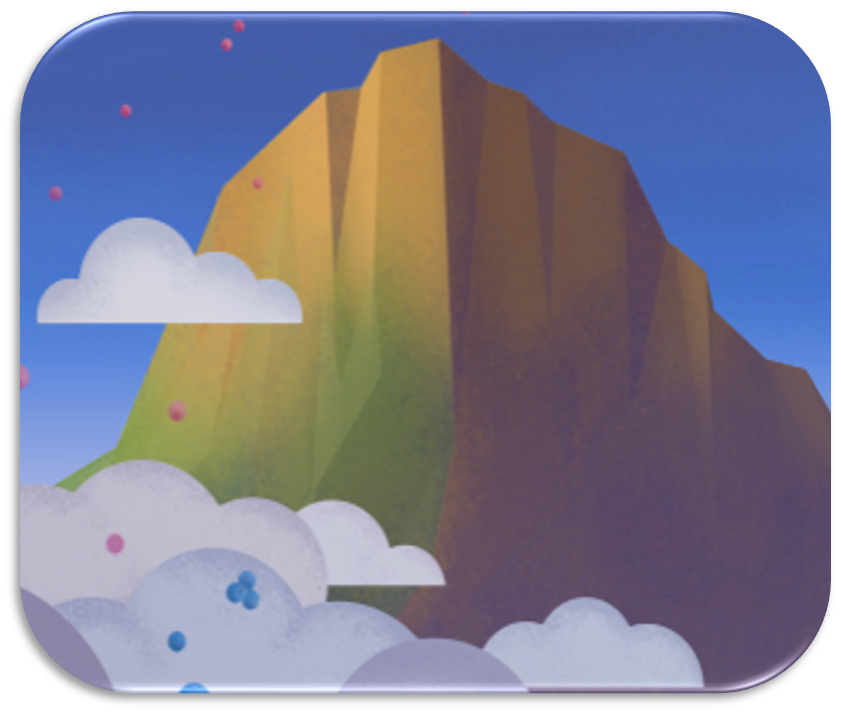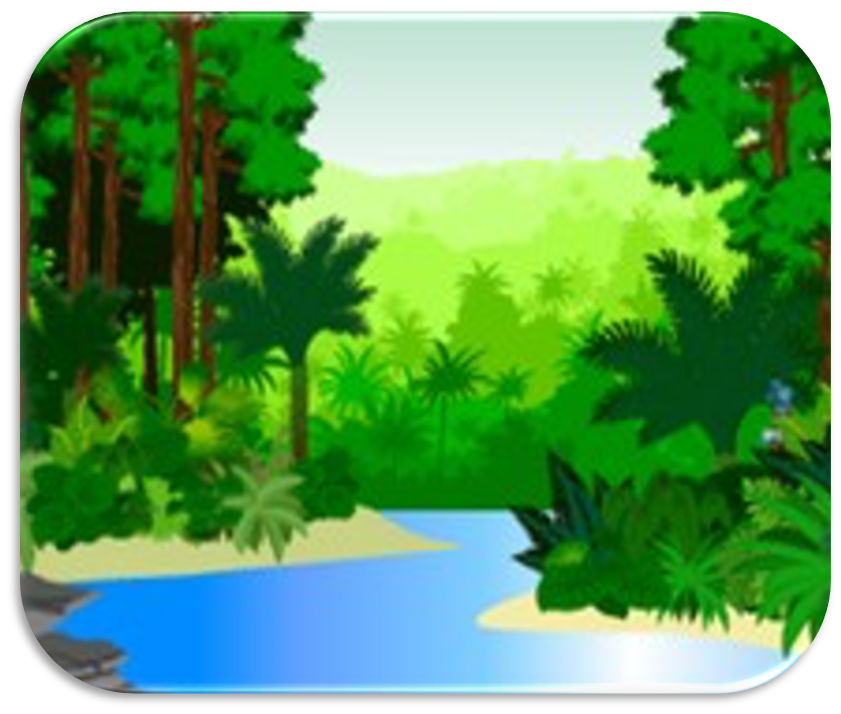- School District of Beloit
- 5th Grade Science
5th Grade - Science
-
The School District of Beloit has a vision for science education that engages all students in science by working with rigorous, relevant, and real-life problems. We do this through the use of curricular resources that are aligned to the Next Generation Science Standards. These resources encourage students to discover the world around them, in order to provide foundational knowledge to all and encourage all students to continue to learn and to keep wonder alive. The goal of the science program is to prepare our students for their future, which could be very different from the world we live in today. As a result, we have developed a scope that allows students to build upon and revise prior knowledge and encourages all students to engage in the practices of science and engineering.
5th Grade Science Units
-

Unit 1 - Modeling Matter
Students engage in two investigations, one to identify a potentially hazardous food dye in a mixture, and the other to create a good-tasting and visually appealing salad dressing that does not separate into layers and contains no sediment. Both investigations offer the opportunity for students to delve deeply into understanding the particulate nature of matter and to apply it to explain phenomena at the macroscale (the observable scale). Students engage in hands-on experiences in which they observe phenomena and then use two apps to investigate those phenomena at the nanoscale (the molecular level)—the Modeling Matter Diagramming Tool, which enables students to create models of what they think might be happening at the nanoscale; and the Modeling Matter Simulation, a dynamic model that enables students to explore what happens when different kinds of particles are mixed, to make and test their predictions, and to gather evidence to support their emerging understanding.
-

Unit 2 - Patterns of Earth and Sky
Students observe and investigate patterns in the sky by day and by night with kinesthetic models, as well as using a digital simulation, and informational text. They develop an understanding of scale and distance in the universe, and discover how the spin and orbit of our planet causes us to observe daily and yearly patterns of stars.
-

Unit 3 - The Earth System
Students design freshwater collection systems. They also learn about treating wastewater to turn it into clean freshwater. Students discover that, in chemical reactions, substances are mixed and at least one new substance with different properties is formed. They apply this idea to explain how wastewater treatment can remove harmful substances from water and make it safe to reuse.
-

Unit 4 - Ecosystem Restoration
Students engage in oral and written scientific argumentation about the source of the problem in the failing ecosystem. They have an opportunity to write and revise a Rain Forest Restoration Plan in which they explain, in their own words, why the ecosystem is failing and support their arguments by using evidence. Students present their final restoration plans, including a recommended course of action to restore the failing rain forest ecosystem to its original condition.
By the end of 5th Grade, students will...
-
- develop a model to describe that matter is made of particles too small to be seen.
- measure and graph quantities to provide evidence that, regardless of the type of change that occurs when heating, cooling, or mixing substances, the total weight of matter is conserved.
- support an argument that the gravitational force exerted by Earth on objects is directed down.
- support an argument that differences in the apparent brightness of the sun compared to other stars are due to their relative distances from the Earth.
- represent data in graphical displays to reveal patterns of daily changes in length and direction of shadows, day and night, and the seasonal appearance of some stars in the night sky.
- develop a model using an example to describe the ways the geosphere, biosphere, hydrosphere, and/or atmosphere interact.
- describe and graph the amounts and percentages of water and fresh water in various reservoirs to provide evidence about the distribution of water on Earth.
- develop a model to describe that matter is made of particles too small to be seen.
- measure and graph quantities to provide evidence that, regardless of the type of change that occurs when heating, cooling, or mixing substances, the total weight of matter is conserved.
- develop a model to describe the movement of matter among plants, animals, decomposers, and the environment.
- use models to describe that energy in animals’ food (used for body repair, growth, motion, and to maintain body warmth) was once energy from the sun.


